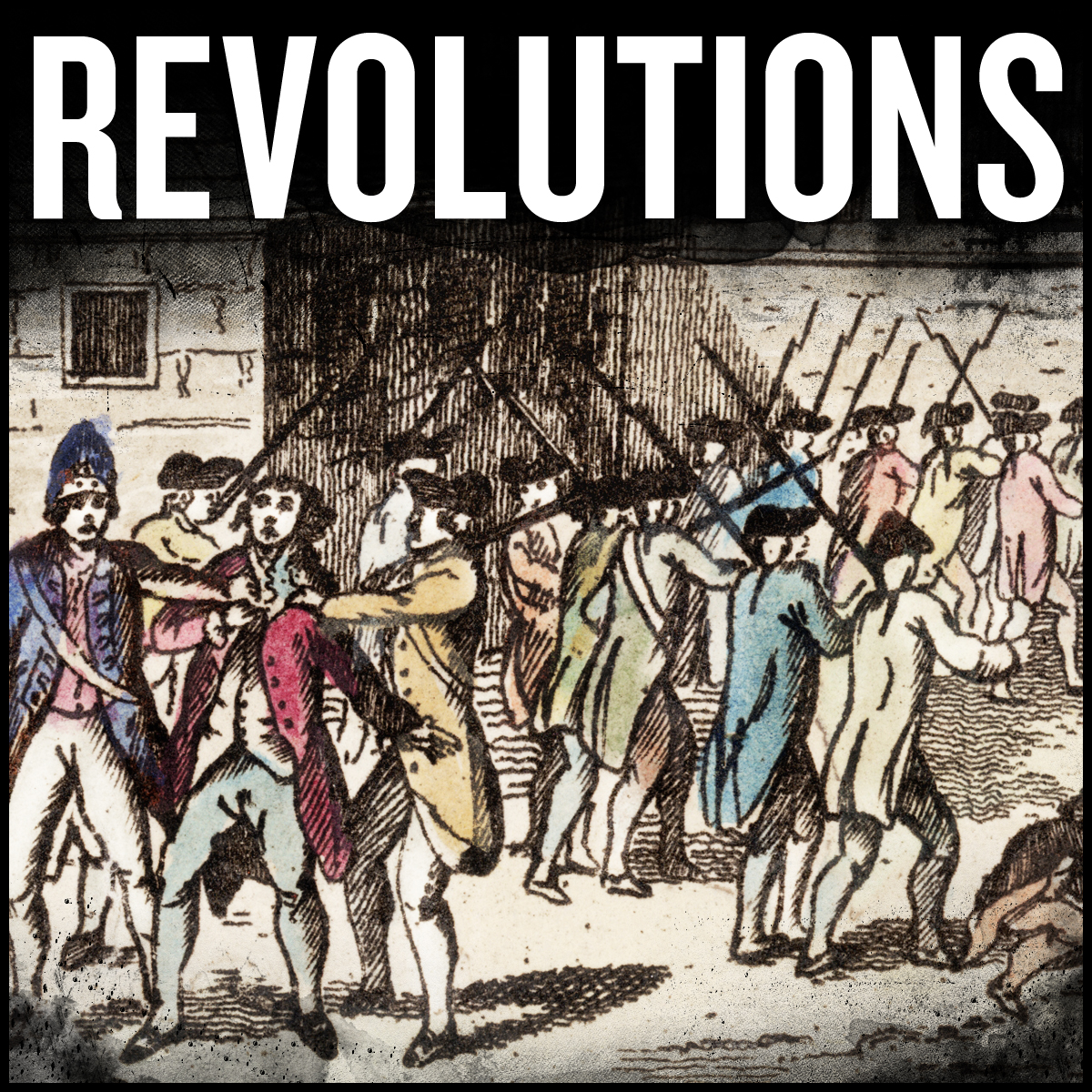
Door Key
I find myself drawn to the more social side of history than dates or battles. While I do think dates and battles are important, I find questions like ‘When did Catherine of Aragon realize she'd lost Henry VIII’s love to Anne Boleyn?’ or ‘Just what exactly was Aaron Burr's deal?’ to be what really fascinates me about history. This is the lens that I view history from on the Door Key Podcast (and the accompanying Substack newsletter) because I'm a dork with a deep love of history who wants to talk about it.
https://doorkey.substack.com/
Door Key
Jamestown
I would love to hear from you - click here to send Door Key a written message!
This first episode of 2024’s Spooktacular explores the history of Jamestown, the first permanent English settlement in the Americas, established in 1607. The settlers faced a series of catastrophic challenges: a severe drought, poor relations with the indigenous tribes of the surrounding area, and not enough food. These challenges would lead to a year infamously known as ‘The Starving Time’. This episode gets into some real historical horror!
☕️ Production and Marketing assistance provided by Coffeelike Media
👻Audibly Haunted, hosted by Ani Khajad0urian: https://www.buzzsprout.com/2241631
Subscribe to the Door Key Substack newsletter FREE and paid options:
https://doorkey.substack.com/
Follow Door Key on Social Media:
- Facebook: https://www.facebook.com/groups/1040108179952433
- Instagram: https://instagram.com/doorkeypod
- Threads: @doorkeypod
- LinkedIn: http://www.linkedin.com/in/doorkeypod
- Email: doorkeypod@gmail.com
Support Door Key:
- Become a paid subscriber on the Door Key Substack newsletter: https://doorkey.substack.com/
- Buy me a cup of coffee: https://www.buymeacoffee.com/doorkeypod
- Make a donation via PayPal: https://paypal.me/Doorkeypod?country.x=US&locale.x=en_US
- use our Buzzsprout affiliate link to host your podcast on this platform
Jamestown
Hello everyone and WELCOME TO THE 2024 SPOOKTACULAR!!!
If you’re new to Door Key because you heard about the Spooktacular and wanted to check it out: hi, I’m April – welcome! I’m a dork who loves history and loves to talk about it, but I’m also someone who loves Halloween and all things spooky. So every October, all of the episodes for my history podcast have a spooky theme to them, but the rest of the year all of the episodes are about ‘regular’ history!
This week I’m going to talk about Jamestown. Jamestown was the first permanent English settlement in the Americas. It was established on May 14, 1607. Now, you might be thinking to yourself ‘well, April, that doesn’t sound very spooky!’ … to that, my response is: just. you. wait.
Several countries in Europe had colonies in what they called the New World, but not England. England had tried to establish colonies in this New World, but hadn’t had much luck. They tried with a colony that they named Roanoke, but that colony literally vanished in about 1590 (that’s a really interesting story in itself, but that story is for another time, friends).
Having said all of that, the English colonists got a charter from the London Company, and set sail to establish a colony in this New World in 1606. There were three ships, the Susan Constant, Discovery, and Godspeed. Captain Christopher Newport was the man in charge of these ships. This was a very long, dangerous trip, and they reached their destination on April 10, 1607. They named the place where they landed Cape Henry.
Once arriving, the colonists named a river they found the James River in honor of the King of England at the time, King James I. They elected Captain Edward Wingfield as president of their governing council on April 25, 1607. On May 14, Wingfield chose a piece of land that was 40 miles (which is 64 kilometers) inland on a large peninsula to build their colony. This area seemed great to the colonists. One of the reasons for this was because it was empty - nobody was already living there. The area was swampy and isolated, and it offered limited space, was plagued by mosquitoes, and the only water available was brackish river water which was unsuitable for drinking.
They didn’t know this at the time, couldn’t have known this at the time, but the Jamestown settlers arrived in Virginia during a severe drought, according to a study that the Jamestown Archaeological Assessment did in the 1990s. They analyzed information from a study done in 1985 that studied trees along the Nottoway and Blackwater rivers. The trees that were studied live up to 1,000 years, and their rings offer a good indication of what the annual amount of rainfall was over their lifespan. The rings showed that the worst drought in 700 years occurred between 1606 and 1612, which uh-oh. As you can imagine, this severe drought affected the Jamestown colonists as well as the nearby indigenous tribes ability to produce food and access safe water.
Another issue for the settlers is that they arrived too late in the year to get crops planted. Many in the group were either what would have been considered ‘gentlemen’ or their manservants, neither of which would be used to the hard labor that building a colony would require.
Supply ships would arrive in 1608, but by the time they did, two-thirds of the settlers of Jamestown had died.
This delivery of supplies was very needed, but along with these supplies came more people, and this just added to the number of hungry settlers. A second supply ship arrived, but … the same issue occurred as with the first supply ship. Some of the people who arrived with the second ship even left Jamestown to join the tribes of indigenous people nearby, taking weapons and equipment with them.
So while things were going bad in Jamestown, the people of the Virginia Company of London who had invested money to make this whole colony happen, were getting upset because they weren’t making the money back out of Jamestown that they expected. The Virginia Company sent a letter to the leaders of Jamestown, demanding that the colonists send commodities from the settlement that would pay for the cost of the voyage, additional gold, assurance that they had found the South Sea, and a member of the lost Roanoke Colony. This is absolutely unbelievable to me. I can only imagine the colonists reading this letter after everything they had been going through, and being like ‘Wait, what? ‘Where’s our gold?!’ Seriously??!’
Captain John Smith, who was the third president of the council was the one who replied to this letter. I’m sure it must have taken a few drafts, but in Smith’s response to The Virginia Company, he demanded supplies, and craftsmen who could help make the colony more self-sufficient.
As bad as things had gotten in Jamestown, they were about to get even worse. Just to give you an idea of what I’m talking about, this next year, 1609 – 1610 is known as The Starving Time … so, yeah.
John Smith had gotten wounded in an explosion during a trading expedition, so had to go back to England. So Jamestown was led by a man named George Percy. There was some good news though: it seems like the people in London had heard John Smith when he had sent that letter asking for help for Jamestown. A third supply ship was sent to Jamestown in 1609, and to be fair, it was way larger and better equipped than the first two that had been sent. The Sea Venture, which had been built specifically for this purpose, left Plymouth, England for Jamestown as head of a seven-ship fleet. This fleet left in June of 1609. Along with much-needed supplies, there were also 214 would-be settlers in this fleet. This is wonderful, however, on July 24, this fleet ran into a horrible storm, and the ships were separated. Only some of the ships made it to Jamestown. The leaders of this fleet, and most of the supplies it carried, had been aboard the Sea Venture, which had fought the storm for three days before ending up in Bermuda. The people who survived that would end up being stranded in Bermuda for nine months. They used this time to build two new ships, the very aptly named Deliverance and Patience to bring food to Jamestown. I’m telling you this because I want to make it clear that people were doing the best they could to help Jamestown. But that doesn’t change the fact that this nine-month gap in supplies was absolutely detrimental to Jamestown. The settlers were starving at this time because they didn’t have adequate provisions. It didn’t help things that their relationship with the local indigenous people wasn’t going well, to put it mildly. The tribes flat-out stopped bartering with the settlers for food, and would attack any group of them that came in search of trade. Hunting became highly dangerous for the settlers, as the tribes also killed any of them that they found outside their fort. I don’t want to get too off track here, but I want to say something: I don’t blame the colonists for a lot of what happened at Jamestown. There’s a lot they didn’t know, like what time of the year they should plant crops in this new land. There’s also a lot they didn’t have control of, like the fact they arrived right when a drought started, or that their biggest supply ship would get stranded for nine months. I can’t – and don’t – fault them for those things. But, they did have control over how they treated the indigenous people of the area, and to put it mildly, the settlers were horrible to them, to the point where the local tribes basically put Jamestown under siege. The indigenous people were willing to trade with the settlers at first, and then they stopped wanting to deal with them. The settlers found themselves with far too little food for the winter, but I think things could have been different for them if they’d … oh I don’t know, been nicer? I think that the settlers did have control over that. Moving on …
As their stock of food ran out, the settlers did what they could to survive. Starvation weakened the colonists, which then led to illnesses like dysentery and typhoid. They ate the colony’s animals — horses, dogs, and cats — and then turned to eating rats, mice, snakes, and then even shoe leather. George Percy would write of this time: ‘Then, having fed upon horses and other beasts as long as they lasted, we were glad to make shift with vermin, as dogs, cats, and mice.’
Many of the settlers in Jamestown died. There’s even historical, and scientific, evidence that in their desperation, settlers at Jamestown had to resort to cannibalism during The Starving Time. It’s written that the starving settlers ‘dug up dead corpses out of graves’ to eat them, and others ‘licked up the Blood which had fallen from their weak fellows.’ In 2012, archaeologists from Jamestown Rediscovery uncovered the first forensic evidence of survival cannibalism in a European colony in North America. Researchers reconstructed the skull of what they determined to be a girl of British ancestry who was about 14 years old. Researchers say that cut marks on the jaw, face and forehead of the skull, along with those on the shinbone, are telltale signs of cannibalism. ‘The clear intent was to remove the facial tissue and the brain for consumption. These people were in dire circumstances. So any flesh that was available would have been used. The person that was doing this was not experienced and did not know how to butcher an animal. Instead, we see hesitancy, trial, tentativeness and a total lack of experience.’
This is absolutely horrible, but is exactly why I chose Jamestown as a topic for this year’s Spooktacular. The idea of a group of people going to a place so unknown to them that it was called ‘The New World’, then getting there and realizing they’re completely unequipped for it, and are in way over their head is scary enough. Relations with the indigenous people getting so bad that they couldn’t leave the settlement without fear of being killed, all while winter is setting in and food and water is running out … the thought of all of this is downright terrifying to me. When it gets to the point that they run out of supplies, and have to resort to cannibalism so they don’t starve to death is where this story turns into complete nightmare fuel for me, and becomes a topic for the Spooktacular.
I’ll be honest: this is the type of thing that I think about as a history dork. Several years ago, I read an article talking about how scientists were starting to think about colonizing Mars. The article mentioned that there would be a list that people could sign up on to volunteer to be one of the colonists. I mentioned this article to my husband, and half-jokingly told him I was interested in this, and asked him if he’d be willing to sign up. He response was a very decisive ‘absolutely not’. He didn’t think it was a good idea, or that humans had enough information to colonize Mars yet. My response to him was ‘Well, I certainly wouldn’t volunteer to be in the first group that went – I know what happened in Jamestown! But I do think I would agree to be in the 4th or 5th group that went because I think they’d have things figured out by then!’.
The two ships that had been in Bermuda, the Deliverance and Patience arrived in Jamestown on May 23, 1610, which thank goodness! However, they found that many of the surviving colonists of Jamestown were near death. Jamestown was considered a failure, and everyone got on the ships to head back to England, which I don’t blame them. However, on June 10, another relief fleet showed up! This fleet had Governor Thomas West, 3rd Baron De La Warr (Who the colony Delaware would eventually be named after). The fleet met up with the two ships on the James River before they made it to the ocean. The colonists called this The Day of Providence, which I actually don’t think is being too dramatic considering everything they’d been through. This extra fleet brought supplies and more settlers. Everyone returned to the colony, but there was still a food shortage.
By 1613, which was six years after the founding of Jamestown, the organizers and shareholders of the Virginia Company were desperate to increase the efficiency and profitability of the struggling colony (because you’ve been thinking and worrying about what the poor shareholders of the Virginia Complany have been going through this whole time, right?!). The Governor, De La Warr took it upon himself to assign plots of land to people, and then actual progress in the settlement was made, which is good news for this story. I’m going to take a moment to just point out that this turnaround was at the same time that the terrible drought that started the year before the settlers had arrived ended, which shows that there were multiple factors in the initial failure of Jamestown.
Just to put a time and place to all of this, one of the colonists who survived The Starving Time was John Rolfe, who had some tobacco seeds from Bermuda. John Rolfe eventually began to successfully harvest tobacco. He would become wealthy, and would go on to marry the indigenous woman known as Pocahontas, who I think you might have heard of. That’s also a story for another time, but I thought that John Rolfe and the woman known to history as Pocahontas should make a little cameo here to broaden this story and add more context.
Many more people started to come to Jamestown. A lot came as indentured servants, which was where immigrants who would agree to work for three to seven years in exchange for passage, room, board, and the promise of land or money.
Then, in 1619, the first representative assembly in America, the General Assembly, convened in the Jamestown Church, to quote ‘establish one equal and uniform government over all Virginia which would provide just laws for the happy guiding and governing of the people there inhabiting.’ unquote.
In 1624, King James revoked the Virginia Company's charter, and Virginia officially became a royal colony. The colony of Virginia continued to grow. Ten years later, in 1634, by order of King Charles I, the colony was divided into the original eight shires of Virginia, which is similar to what was practiced in England. Jamestown was located in James City Shire, soon renamed the ‘County of James City’, now known in modern times as James City County, Virginia, the nation's oldest county.
And this is where I’m going to end this episode about Jamestown. Yes, this is the Spooktacular, so things in this story started out horrible and bleak, but I also wanted to make sure I got to a point in the story where things were looking good again before I ended it . I can’t imagine going through what the people of the colony of Jamestown went through – it’s seriously horrific, which is why it’s a topic for the Spooktacular.
There’s more spooky history coming up next week – until then, Stay Spooky!
Britannica / historicjamestowne.org / smithonianmag.com / Wikipedia
Production and Marketing assistance provided by Stephanie Fuccio of Coffeelike Media.
Podcasts we love
Check out these other fine podcasts recommended by us, not an algorithm.

Vulgar History: Regency Era
Vulgar History | Realm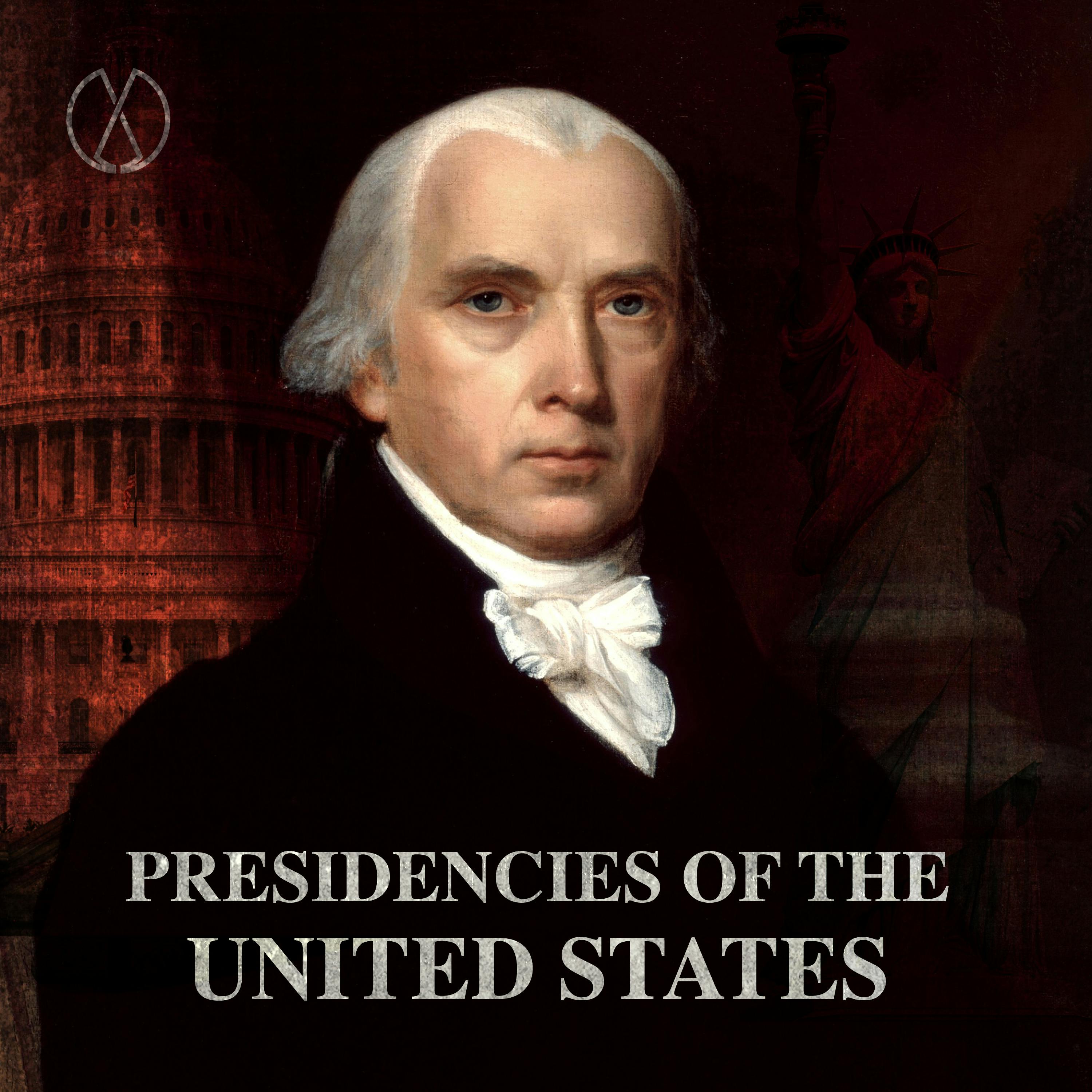
Presidencies of the United States
Evergreen Podcasts
World Herstory
Tabitha Bear
History with Jackson
History with Jackson
Civics & Coffee: A History Podcast
Alycia Asai
Deep into History
Deep into History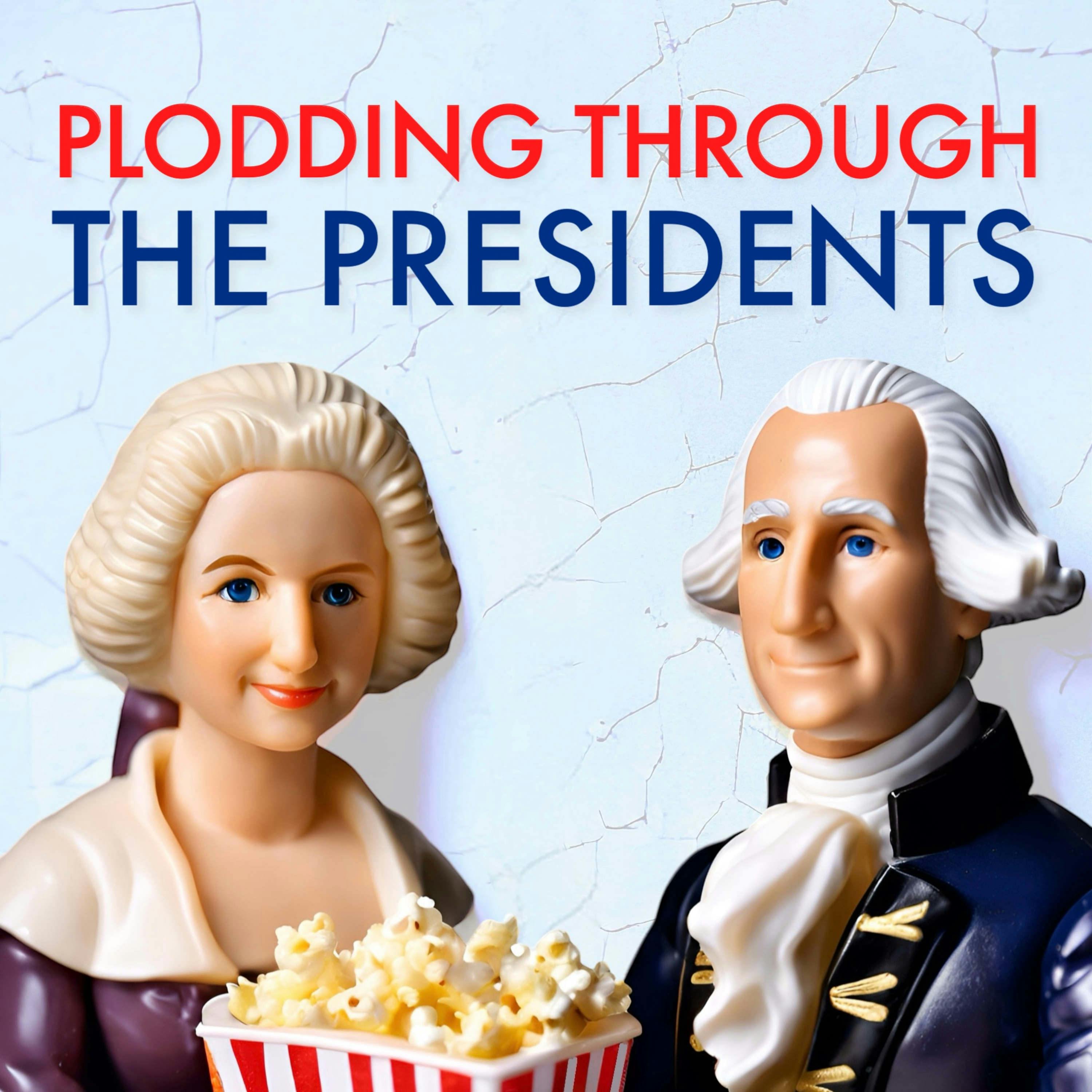
Plodding Through The Presidents
Howard & Jessica Dorre
You're Wrong About
Sarah Marshall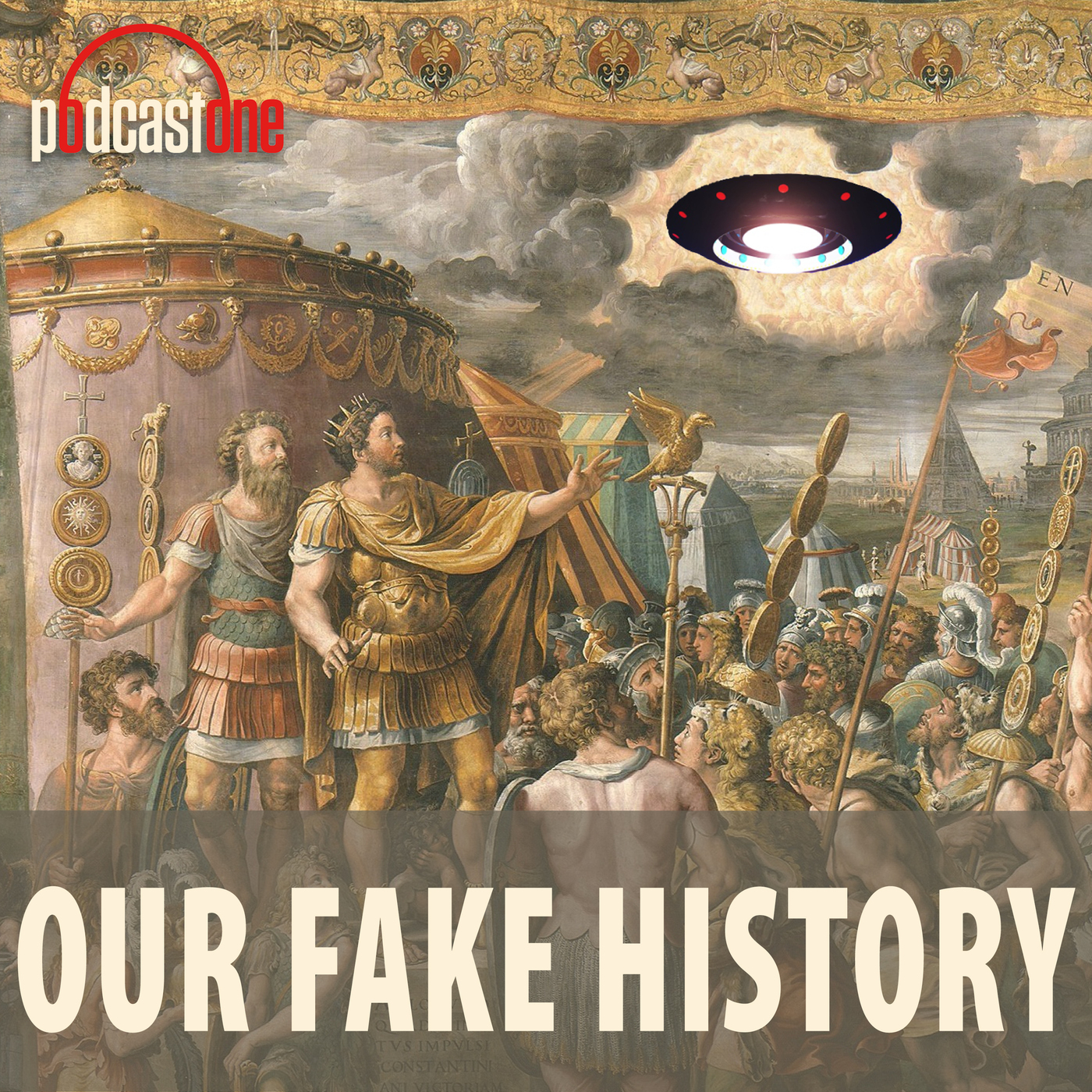
Our Fake History
PodcastOne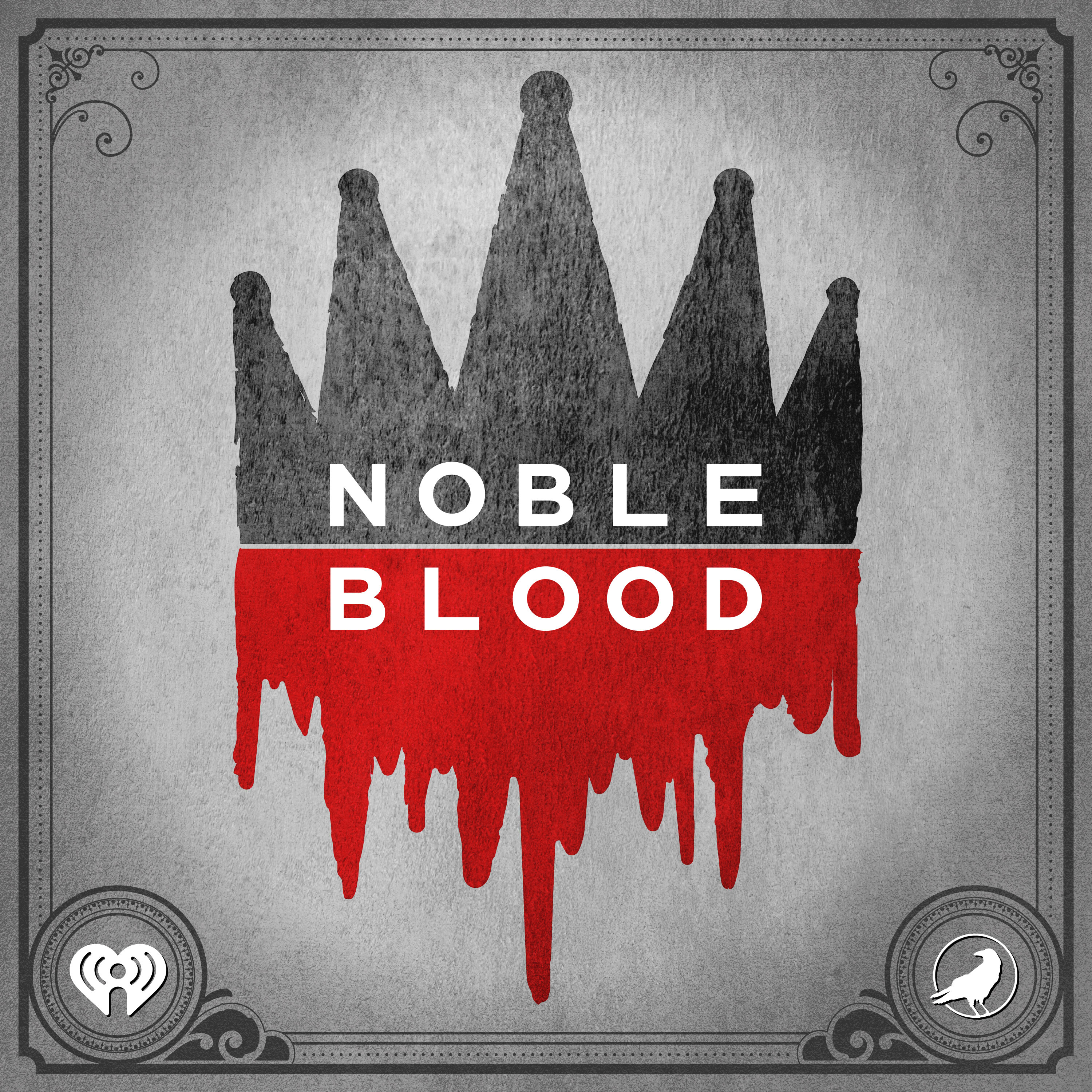
Noble Blood
iHeartPodcasts and Grim & Mild